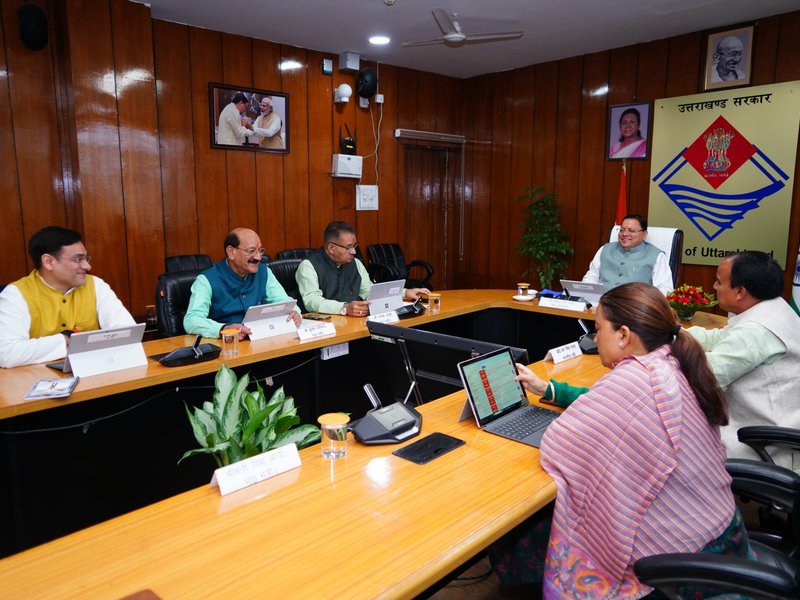Rural health disparities require more attention in COPD research, foundation argues

Research on Chronic Obstructive Pulmonary Disease (COPD) requires further examination of rural health disparities and the impact of sociocultural and environmental exposures on health outcomes, according to perspective published in the Journal of the COPD Foundation.
The perspective, written by editors of the Journal of the COPD Foundation, discusses factors that contribute to incidences of COPD in rural areas as well as actions that can be taken to improve COPD research in these areas. One factor in the proliferation of COPD is the sprawling, low-density geography of rural America. Without a car or adequate public transportation, it is difficult to access clinical care for COPD. Most rural residents travel an average of 33.4 miles to the nearest site for pulmonary function tests and urban residents travel an average of 8.4 miles.
Another factor in the prevalence of rural COPD is inconsistent broadband and cellular service needed to use telemedicine services. As a result, telehealth interventions are increasingly rare in rural areas and the perspective describes efforts to improve the connection as having “mixed success.”
A third factor impacting rural residents’ risk for COPD are the consumption and cultural norms surrounding tobacco use. The perspective notes that those living in rural areas are more likely to start smoking at an early age and less likely to perceive smoking as harmful for their health. Additionally, environmental exposures like biomass fuel combustion may promote development of COPD among rural nonsmokers. Occupations such as mining and agriculture can also expose rural residents to environmental elements that may exacerbate symptoms of COPD.
To improve the design of research studies among people living with COPD in rural areas, authors suggest examining racial, ethnic and socioeconomic disparities, or social determinants of health, that influence health outcomes. Second, they propose studying cultural differences driving health care access and health behaviors in order to develop interventions that communities are willing and able to adopt.
Authors also note that spoke-and-hub models for care, where a centralized pulmonary subspecialty team supports community partners in COPD diagnosis and management, have shown improved health outcomes in COPD and clinical trial recruitment. Most importantly, authors say these interventions should ultimately be designed by members of the community for the community.
“Moving towards nuanced descriptors of rurality encompassing geographic distance, socioeconomic status and insurance access, in addition to racial and ethnic health disparity, will allow us to generate more informative clinical trials data,” authors said. “Specific considerations in study design can improve rural resident enrollment and retention in clinical trials. These approaches allow us to relinquish ‘rural’ as a simple, categorical health descriptor in research, instead assessing the complex matrices of social determinants of health driving these disparate health outcomes.”
link

:max_bytes(150000):strip_icc()/Is-It-Safe-to-Touch-Your-Restaurant-Receipts-FT-BLOG0825-c79f842c4a244a5e84d466c2e324b796.jpg)




